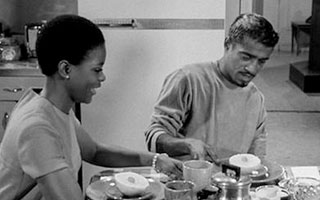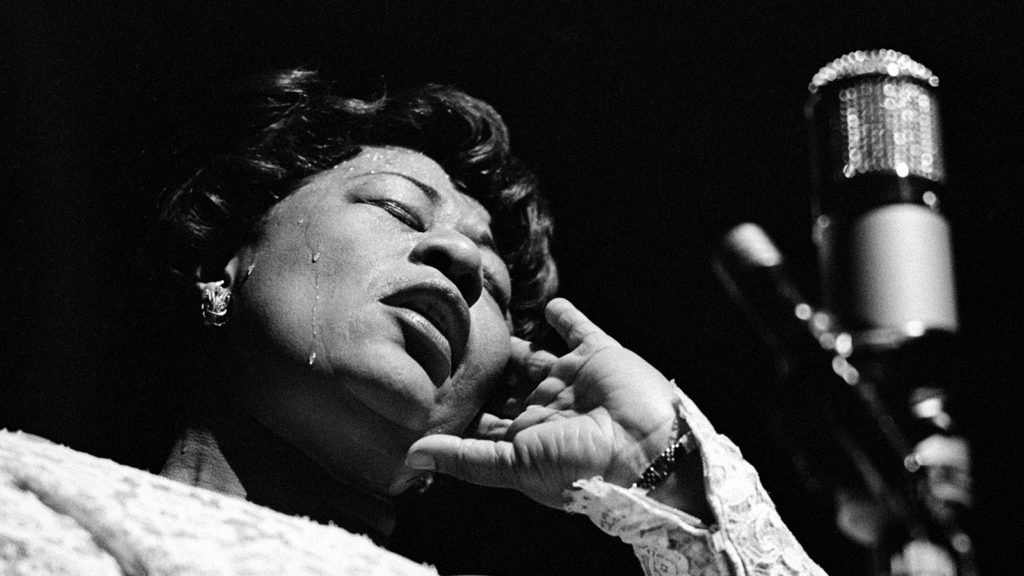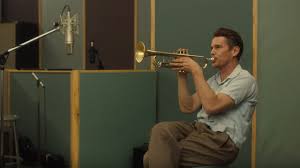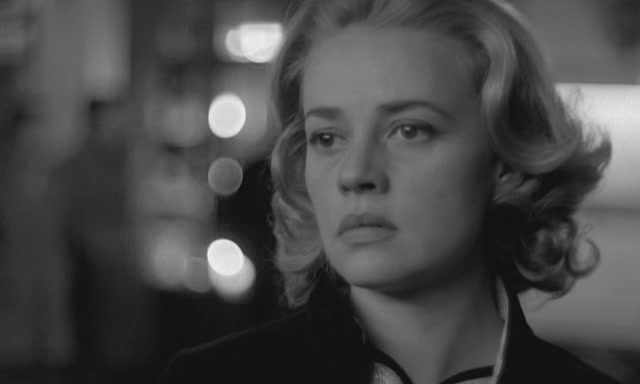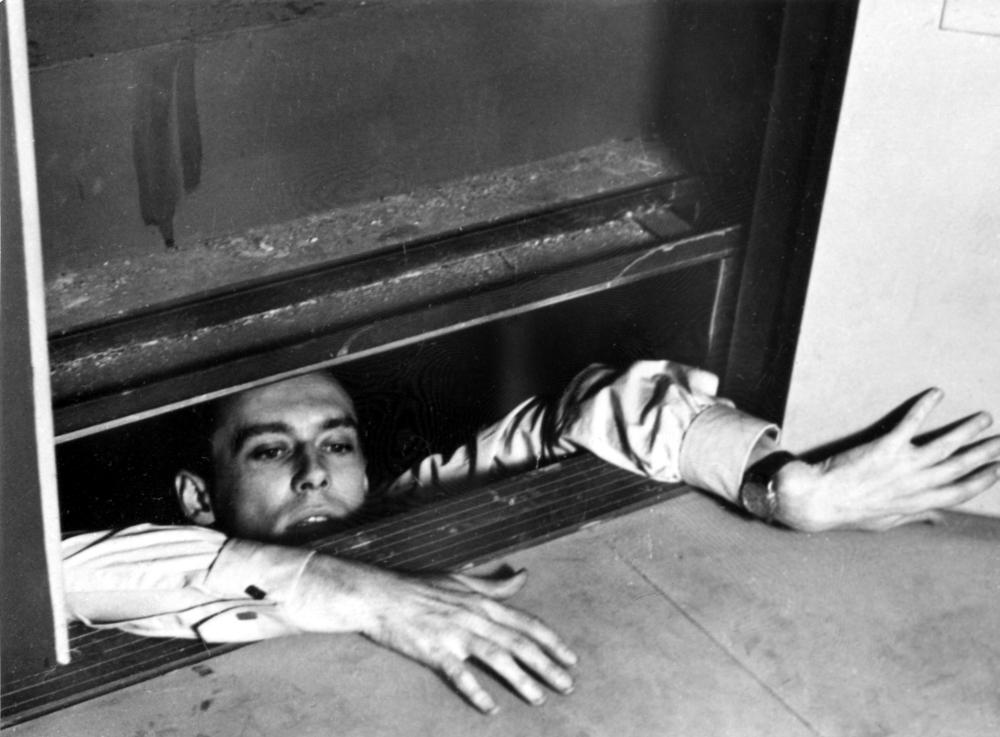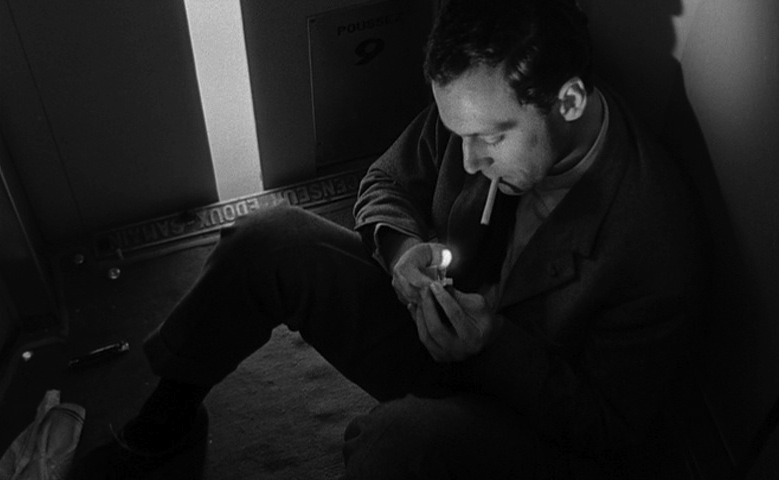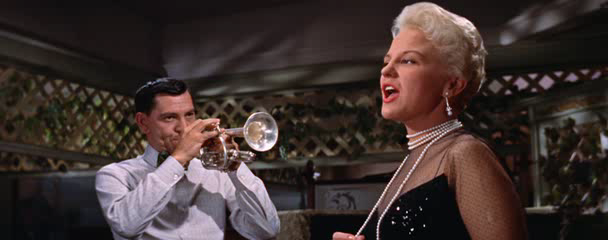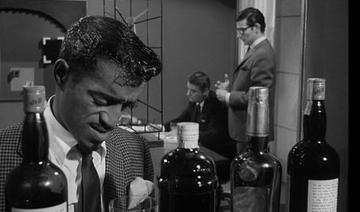
In the underappreciated 1966 drama, A Man Called Adam, Sammy Davis Jr. plays Adam, a self-destructive jazz star. Adam draws people in with his talent and charisma, and, racked by guilt, pushes away those closest to him with selfish and cruel behavior. You can catch A Man Called Adam on Turner Classic Movies on January 31.
Claudia (Cicely Tyson) is drawn to Adam and tries to save him, anchoring herself in the roller coaster of his life. Remember that, after all the ups and downs, a roller coaster always ends up at the bottom.
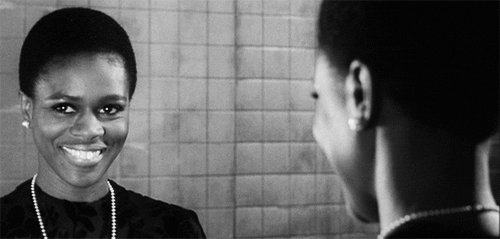
Cicely Tyson, in her first credited movie role, is radiant. Two great speeches, in which she absolutely commands the screen, showcase her talent; you can tell that this is going to be a movie star.
While no Cicely Tyson, Sammy Davis, Jr., is excellent as the protagonist. This shouldn’t be so surprising, given that Sammy was an artistic savant, a dancing genius also known for his crooning. (And Sammy’s Rat Pack pals Frank Sinatra and Dean Martin were good movie actors, too, when they wanted to be.)
I also strongly recommend the insightful documentary Sammy Davis, Jr.: I’ve Gotta Be Me, which reveals Sammy’s struggle to fit into each of the six decades of his entertainment career; it can streamed on Amazon (included with Prime), iTunes, Vudu, YouTube and Google Play.
American race relations figure large in A Man Called Adam. Adam faces hostile racist thugs in the South and experiences “vacationing while black” in the North. This is one of the few films that depicts tension between Northern and Southern Black Americans. We also get to here Adam use the racial slur ofay, a word I had seen in print but never heard anyone use in a spoken sentence.
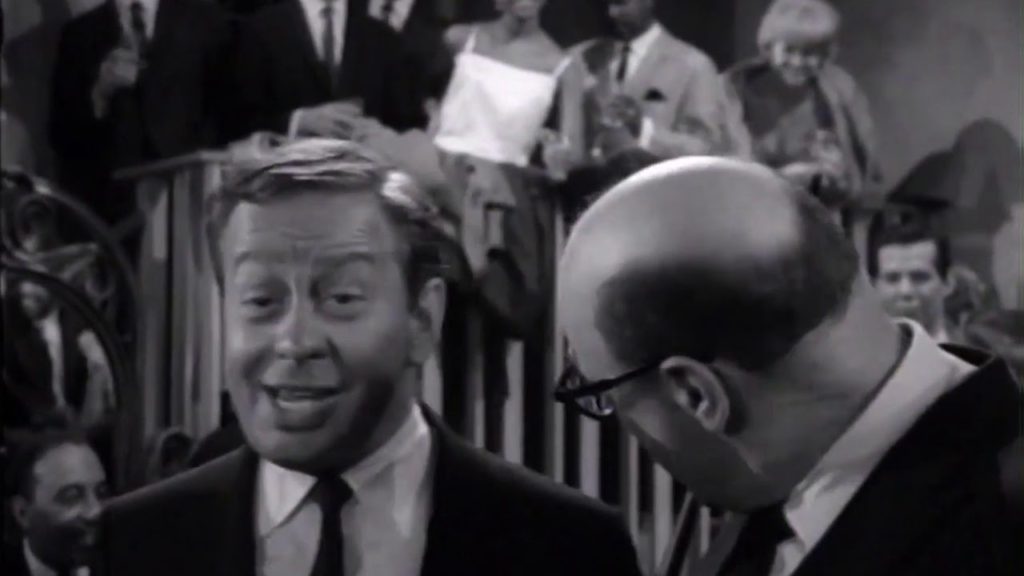
The jazz in the movie s good and Sammy looks credible as a musical prodigy. In real life, Sammy was a multi-instrumentalist who did perform with the trumpet. The best musical performance in A Man Called Adam is by Mel Torme, playing himself at an after-hours musicians party.
Rat Packer Peter Lawson plays a powerful gatekeeper of a booking agent; this role, a bitter, simmering guy who is ever ready to explode into a rage, seems written for Rod Steiger, and Lawson is no Steiger. Come to think of it, this is a rare role where Lawford is not asked to be debonair. (And where are those “debonair” roles today for actors like Lawford, David Niven, Charles Boyer or Roger Moore?)
Louis Armstrong plays an old time musician, and he’s really, really good as an actor. Frank Sinatra, Jr., is OK as Adam’s goofy protege. The great Ossie Davis plays the guy who tries to warn Claudia off Adam. Lola Falana appears in her screen debut. An uncredited Morgan Freeman is a party guest – right after the Mel Torme song and before Mel tries to get Adam to play, look for a guy with a cigarette, in conversation along the back wall.
A Man Called Adam was directed by prolific television director Leon Penn in his only big screen credit. Penn (father of actors Sean Penn and Chris Penn) deploys especially inventive camera placements and makes excellent us of use of closeups. From its setting in the jazz world to the portrait of Adam’s relationship carnage, A Man Called Adam is always realistic.
Penn’s direction really elevates this movie, as does Tyson’s performance. I saw A Man Called Adam, a bit of a lost film, on Turner Classic Movies. It’s not streamable, but you can find the DVD on Amazon and eBay.
